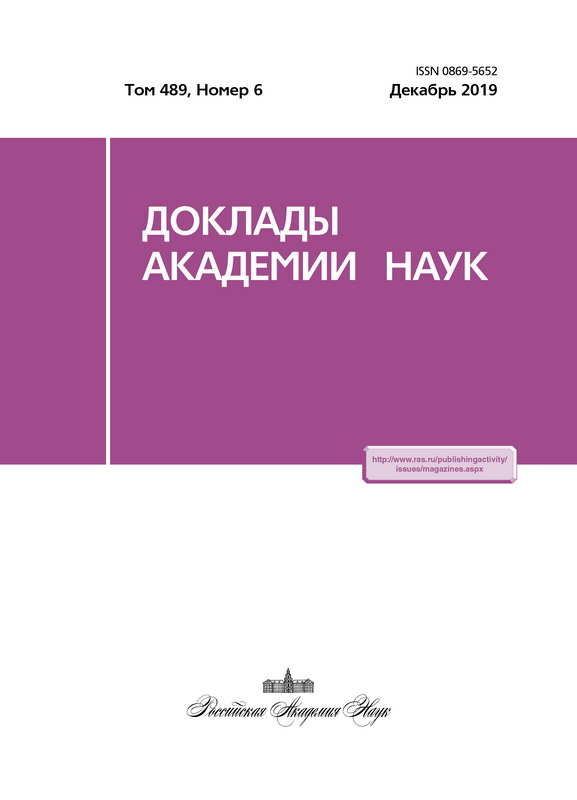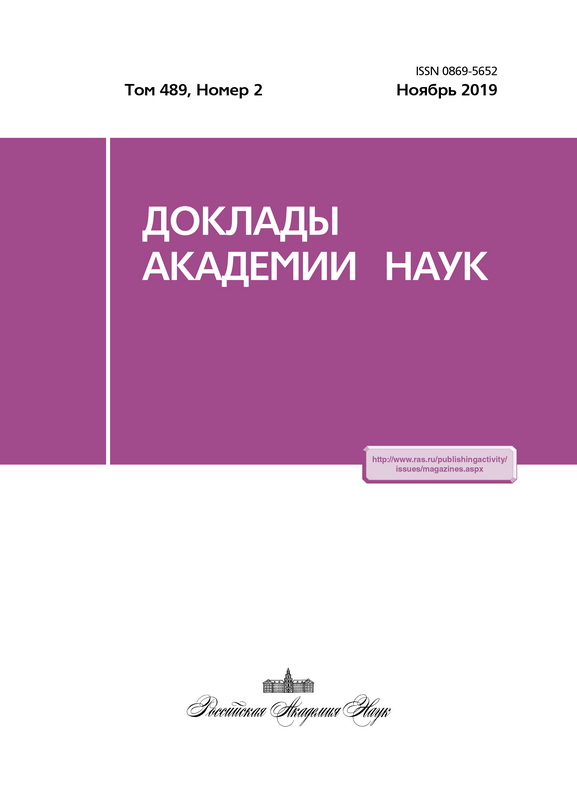Удаление транслокационного домена и сайта расщепления фурином уменьшает гепатотоксичность направленных противоопухолевых токсинов
- Авторы: Ходарович Ю.М.1, Коновалова Е.В.1, Шульга А.А.1, Деев С.М.1, Петров Р.В.1
-
Учреждения:
- Институт биоорганической химии имени академиков М.М. Шемякина и Ю.А. Овчинникова Российской академии наук
- Выпуск: Том 489, № 2 (2019)
- Страницы: 209-212
- Раздел: Биохимия, биофизика, молекулярная биология
- URL: https://journals.eco-vector.com/0869-5652/article/view/17949
- DOI: https://doi.org/10.31857/S0869-56524892209-212
- ID: 17949
Цитировать
Аннотация
Направленные токсины являются перспективными противораковыми агентами, позволяющими селективно уничтожать раковые клетки за счёт повышенного содержания на их поверхности онкоспецифических маркёров. Применение таких противораковых токсинов в медицине сдерживается в основном их высокой неспецифической токсичностью, в особенности гепатотоксичностью. В экспериментах на клетках человека мы показали, что удаление транслокационного домена токсина DARPin-PE40 приводит к уменьшению гепатотоксичности и неспецифической активности. Такой же эффект наблюдается и при инактивации в молекуле DARPin-PE40 сайта расщепления фурином. Одновременное удаление как транслокационного домена, так и сайта расщепления фурином показало наилучшие результаты. Такая модификация токсина может найти применение при создании противораковых направленных токсинов с повышенной селективностью.
Ключевые слова
Об авторах
Ю. М. Ходарович
Институт биоорганической химии имени академиков М.М. Шемякина и Ю.А. Овчинникова Российской академии наук
Автор, ответственный за переписку.
Email: khodarovich@mail.ru
Россия, 117997, Москва, ул. Миклухо-Маклая, 16/10
Е. В. Коновалова
Институт биоорганической химии имени академиков М.М. Шемякина и Ю.А. Овчинникова Российской академии наук
Email: khodarovich@mail.ru
Россия, 117997, Москва, ул. Миклухо-Маклая, 16/10
А. А. Шульга
Институт биоорганической химии имени академиков М.М. Шемякина и Ю.А. Овчинникова Российской академии наук
Email: khodarovich@mail.ru
Россия, 117997, Москва, ул. Миклухо-Маклая, 16/10
С. М. Деев
Институт биоорганической химии имени академиков М.М. Шемякина и Ю.А. Овчинникова Российской академии наук
Email: khodarovich@mail.ru
Россия, 117997, Москва, ул. Миклухо-Маклая, 16/10
Р. В. Петров
Институт биоорганической химии имени академиков М.М. Шемякина и Ю.А. Овчинникова Российской академии наук
Email: khodarovich@mail.ru
Академик РАН
Россия, 117997, Москва, ул. Миклухо-Маклая, 16/10Список литературы
- Allahyari H., Heidari S., Ghamgosha M., et al. Immunotoxin: A new tool for cancer therapy // Tumour Biol. 2017. V. 39. № 2: 1010428317692226.
- Bokori-Brown M., Metz J., Petrov P.G., et al. Interactions between Pseudomonas Immunotoxins and the Plasma Membrane: Implications for CAT 8015 Immunotoxin Therapy // Front Oncol. 2018. V. 8: 553.
- Weldon J.E., Xiang L., Chertov O., et al. A protease-resistant immunotoxin against CD22 with greatly increased activity against CLL and diminished animal toxicity // Blood. 2009. V. 113. № 16. P. 3792-3800.
- Sokolova E., Proshkina G., Kutova O., et al. Recombinant targeted toxin based on HER2-specific DARPin possesses a strong selective cytotoxic effect in vitro and a potent antitumor activity in vivo // J. Control Release. 2016. V. 233. P. 48-56.
- Sokolova E., Shilova O.N., Kiseleva D.V., et al. HER2-Specific targeted toxin DARPin-LoPE: immunogeni-city and antitumor effect on intraperitoneal ovarian cancer xenograft model // Int. J. Mol. Sci. 2019. V. 20. № 10: 2399.
- Glinka E.M., Edelweiss E., Sapozhnikov A.M., et al. A new vector for controllable expression of an anti-HER2/neu mini-antibody-barnase fusion protein in HEK 293T cells // Gene. 2006. V. 17. № 366. P. 97-103.
- Donato M.T., Jover R., Gómez-Lechón M.J. Hepatic cell lines for drug hepatotoxicity testing: limitations and strategies to upgrade their metabolic competence by gene engineering // Curr. Drug Metab. 2013. V. 14. № 9. P. 946-968.
- Guo L., Dial S., Shi L., et al. Similarities and differences in the expression of drug-metabolizing enzymes between human hepatic cell lines and primary human hepatocytes // Drug Metab. Dispos. 2011. V. 39. № 3. P. 528-538.
- Oberg H.H., Kellner C., Gonnermann D., et al. Tribody [(HER2)2xCD16] is more effective than trastuzumab in enhancing γδ T cell and natural killer cell cytotoxicity against HER2-expressing cancer cells // Front Immunol. 2018. V. 19. № 9: 814.
Дополнительные файлы







